Gates warns over Chinese stealth aircraftGates, US defence secretary, said Washington is concerned at Beijing’s development of a new stealth aircraft and long range anti-ship missiles, sounding a warning note at the start of a long awaited trip to China.
Speaking as he flew to Beijing on a visit intended to bolster relations Mr Gates also acknowledged that US intelligence had failed fully to anticipate China’s development of the new J-20 aircraft, photos of which appeared on the internet last week.
“We knew they were working on a stealth aircraft,” he told press travelling with him. “What we’ve seen is that they may be somewhat further ahead in the development of that stealth aircraft than our intelligence had earlier predicted.”
Noting that he had been concerned about China’s development of anti-ship missiles “ever since I took this job” he added, referring to both technologies: “They clearly have potential to put some of our capabilities at risk and we have to pay attention to them; we have to respond appropriately with our own programmes.”
Mystery surrounds Chinese stealth fighter
When around Christmas pictures started appearing of a previously unknown Chinese fighter jet, they triggered a lively debate among military enthusiasts and aviation experts around the world, writes Kathrin Hille in Beijing. Did the nose resemble that of the F-22, the American stealth fighter? Was the rear a copy of Northrop Grumman’s Black Widow or did it look more like a MiG?
The interest is understandable. The photos and videos give first indications of how far China has come on its first stealth fighter, a programme it has been working on for more than ten years. According to US military officials and defence analysts, it is likely to take another ten years until it gains the potential to become a threat.
What the test footage shows is that the 611 Institute in Chengdu, the defence technology group leading the project, has managed to build a hull with stealth characteristics, borrowing heavily from US as well as Russian models.
“But they lack a suitable engine,” says Tai Ming Cheung, an expert on Chinese defence technology at the University of California, San Diego. “Judging from the development cycle of their earlier fighter, the J-10, it will be another eight to ten years until this aircraft can fly.”
He points out that China still lags far behind the US and Russia in both shipbuilding and even more in aviation.
Nevertheless some see the leaked pictures as a message to Robert Gates, the US defence secretary who is visiting China from Sunday. The US has long called for more transparency from China on its weapons programmes. Now Beijing has granted at least a peek through the fence.
Some US analysts fear China’s development of such technologies may help it displace Washington’s influence in the Pacific, bolster its claims over the South China Sea and make it more difficult for the US to defend Taiwan.
The Pentagon chief’s visit to China – his first for over three years – is intended to improve the two countries’ military relations, particularly over issues such as missile defence, nuclear policy and cyber security, ahead of Chinese President Hu Jintao’s trip to Washington starting on January 18.
“My hope is through the strategic dialogue that I’m talking about maybe the need for some of these capabilities is reduced,” Mr Gates said. “A positive, constructive, comprehensive relationship between the US and China is not just in the mutual interest of the two countries; it is in the interest of everybody in the region and I would say across the globe.”
But military ties have been repeatedly cut off by Beijing in the wake of US arms sales to Taiwan and Mr Gates acknowledged that serious discussion of policy and strategy had barely begun.
Mr Gates emphasised that even as the Pentagon was cutting back its spending plans by $78bn over five years, it was prioritising dealing with “some of these anti access programmes” – China’s efforts to impede US access in a possible conflict over Taiwan.
Last week, he said the US would speed up its development of new electronic jammers “to improve the ability to fight and survive in an anti-access environment”.
Military officials also stress development of a new long range, nuclear capable bomber, modernised radars for the F15 fighter jet, a launch vehicle to ensure the US can send satellites into space and new seaborne drone aircraft.
But Mr Gates also sought to put China’s developing capabilities in context, noting that the US would retain an overwhelming advantage in so-called fifth generation aircraft in 2020-2025 and suggesting there was “some question about just how stealthy” China’s new aircraft was.
Adm Robert Willard, the commander of US forces in the Pacific recently said China’s anti-ship ballistic missile, which has a range of more than 1,500km, was now operational. But other US officials have downplayed those claims and Mr Gates also sounded a note of doubt: “I think they are fairly far along, but whether it has actually reached initial operational capability or not, I just don’t know
Looks like Gates finally admits he was wrong.





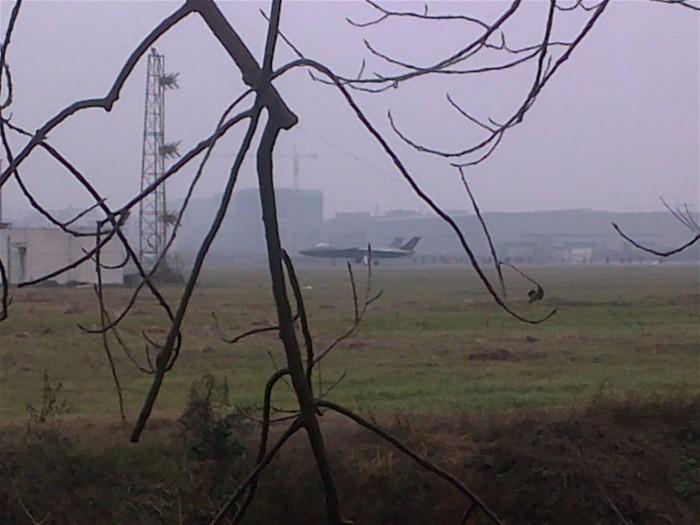



 Chengdu J-20 Stealth Fighter
Chengdu J-20 Stealth Fighter



 Re: Chengdu J-20 Stealth Fighter
Re: Chengdu J-20 Stealth Fighter
 Re: Chengdu J-20 Stealth Fighter
Re: Chengdu J-20 Stealth Fighter Re: Chengdu J-20 Stealth Fighter
Re: Chengdu J-20 Stealth Fighter
 Re: Chengdu J-20 Stealth Fighter
Re: Chengdu J-20 Stealth Fighter
 Re: Chengdu J-20 Stealth Fighter
Re: Chengdu J-20 Stealth Fighter

 Re: Chengdu J-20 Stealth Fighter
Re: Chengdu J-20 Stealth Fighter
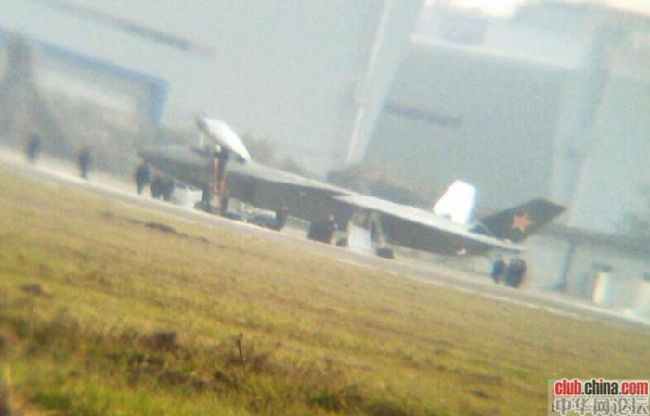

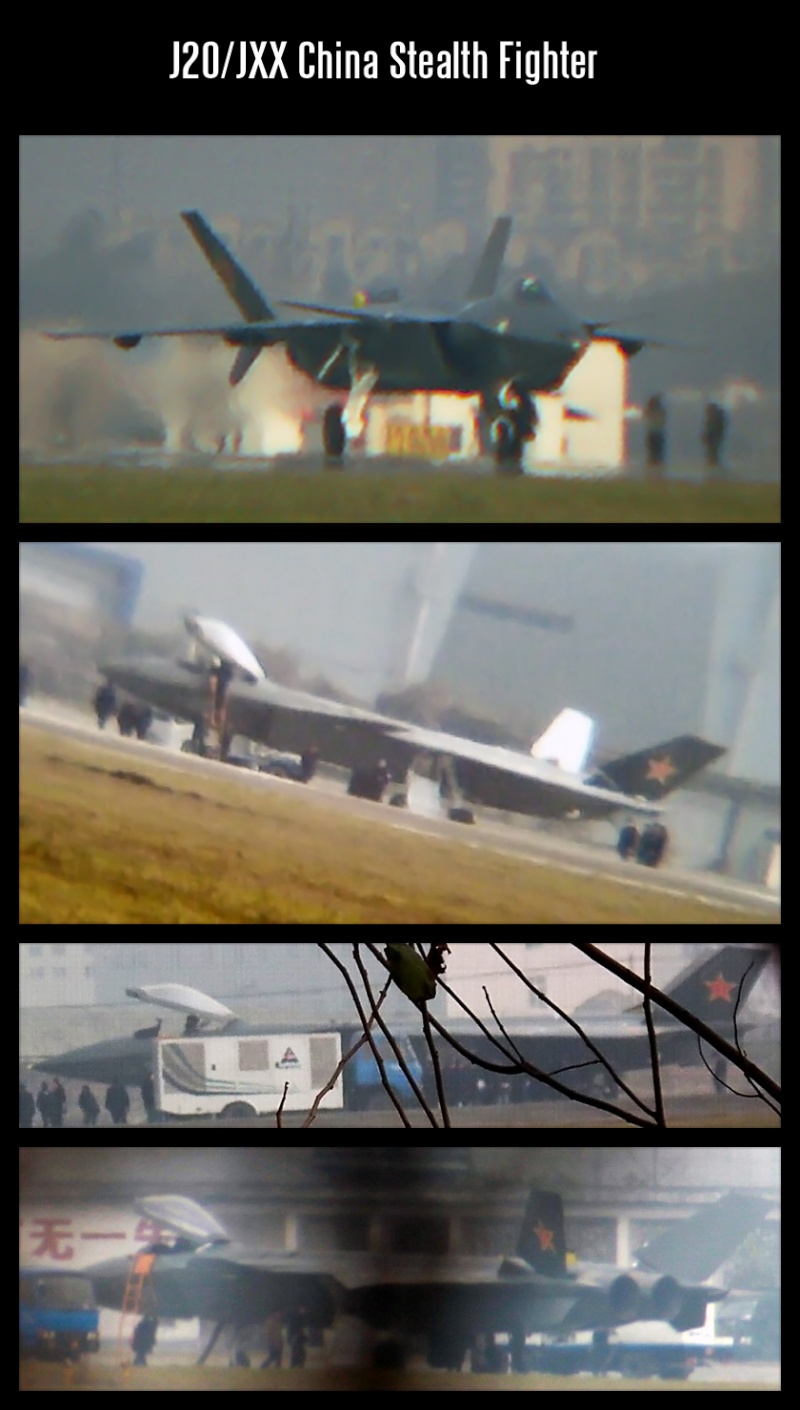



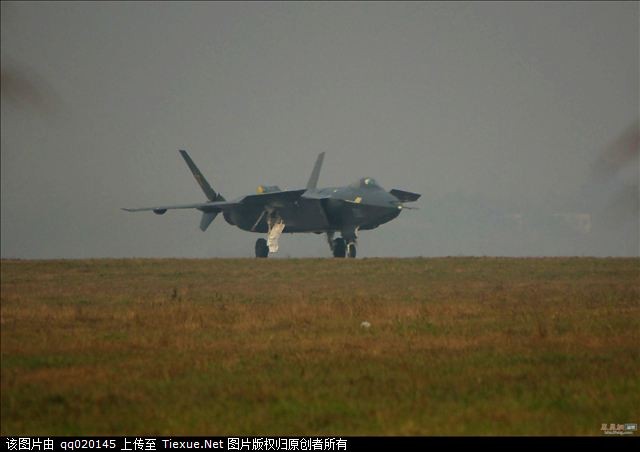


 Re: Chengdu J-20 Stealth Fighter
Re: Chengdu J-20 Stealth Fighter
 Re: Chengdu J-20 Stealth Fighter
Re: Chengdu J-20 Stealth Fighter Re: Chengdu J-20 Stealth Fighter
Re: Chengdu J-20 Stealth Fighter
 Re: Chengdu J-20 Stealth Fighter
Re: Chengdu J-20 Stealth Fighter
 Re: Chengdu J-20 Stealth Fighter
Re: Chengdu J-20 Stealth Fighter


 Re: Chengdu J-20 Stealth Fighter
Re: Chengdu J-20 Stealth Fighter Re: Chengdu J-20 Stealth Fighter
Re: Chengdu J-20 Stealth Fighter
 Re: Chengdu J-20 Stealth Fighter
Re: Chengdu J-20 Stealth Fighter Chinese stealth fighter J-20
Chinese stealth fighter J-20 Re: Chengdu J-20 Stealth Fighter
Re: Chengdu J-20 Stealth Fighter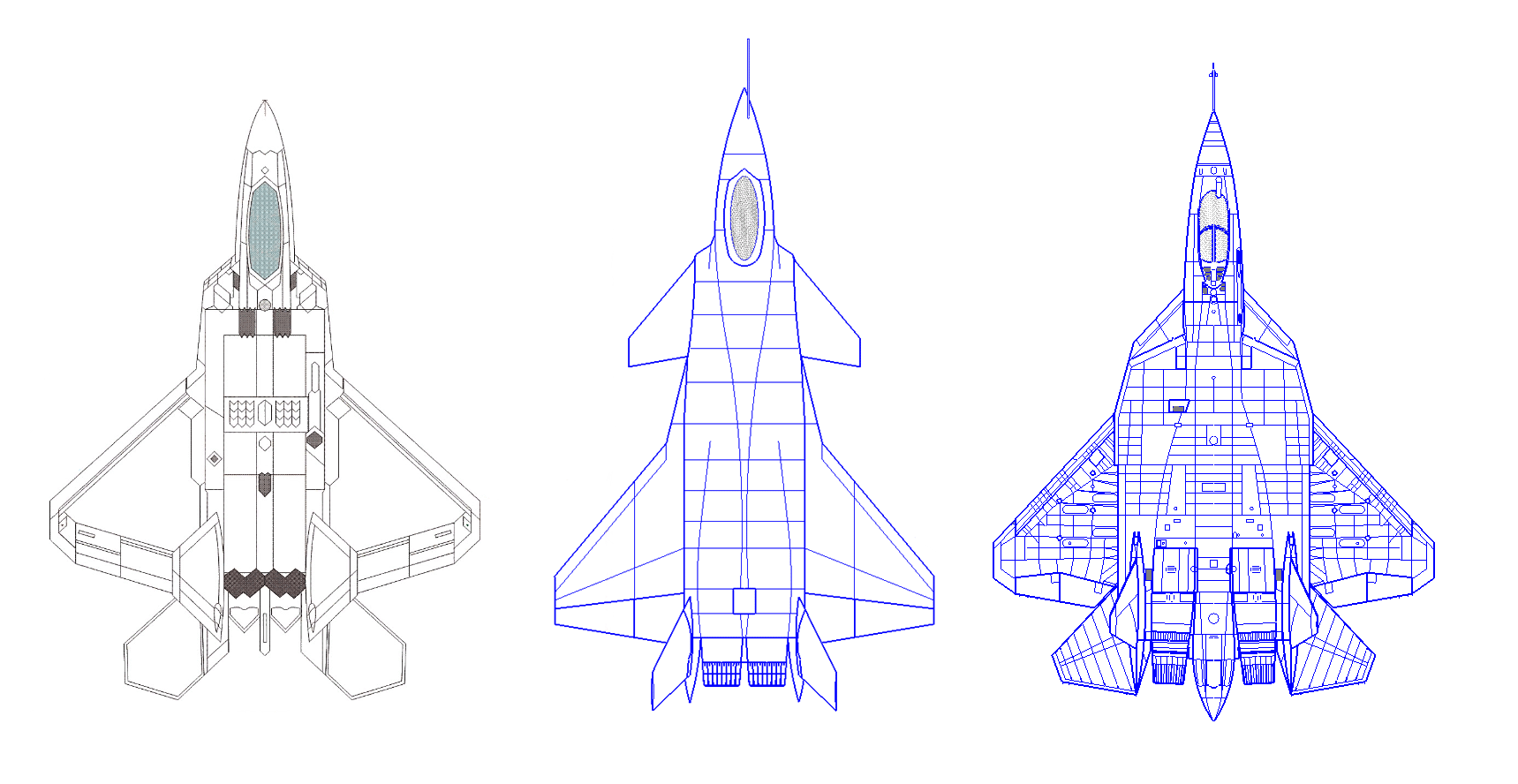

 Re: Chengdu J-20 Stealth Fighter
Re: Chengdu J-20 Stealth Fighter Re: Chengdu J-20 Stealth Fighter
Re: Chengdu J-20 Stealth Fighter Re: Chengdu J-20 Stealth Fighter
Re: Chengdu J-20 Stealth Fighter Re: Chengdu J-20 Stealth Fighter
Re: Chengdu J-20 Stealth Fighter Re: Chengdu J-20 Stealth Fighter
Re: Chengdu J-20 Stealth Fighter



 Re: Chengdu J-20 Stealth Fighter
Re: Chengdu J-20 Stealth Fighter


 Re: Chengdu J-20 Stealth Fighter
Re: Chengdu J-20 Stealth Fighter Re: Chengdu J-20 Stealth Fighter
Re: Chengdu J-20 Stealth Fighter